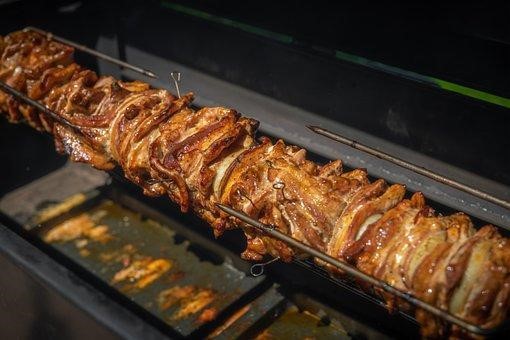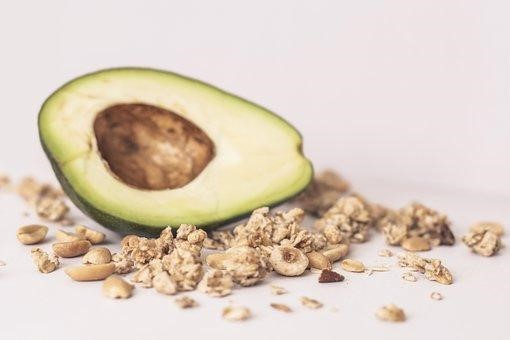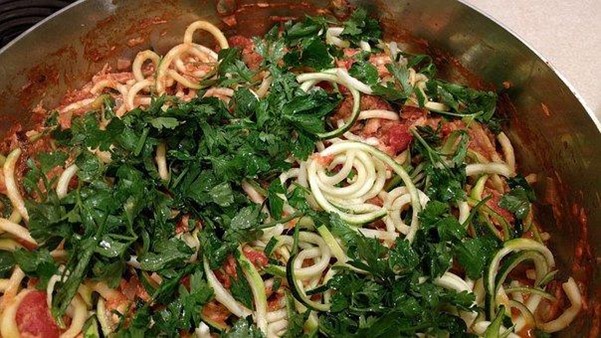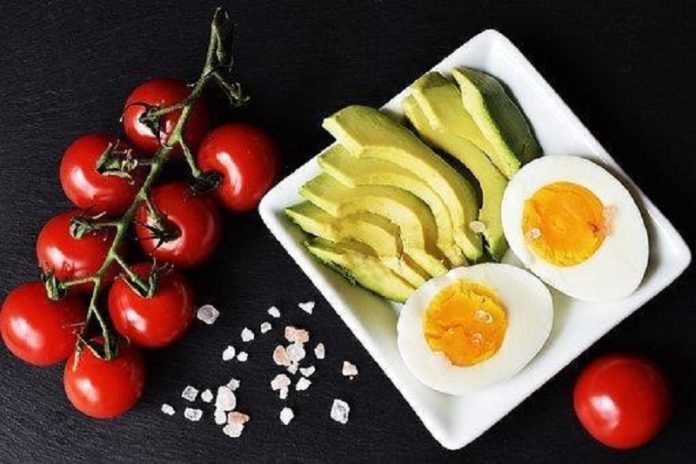Last Updated on November 18, 2022 by Sultana Parvin
The potential benefits of the ketogenic diet for weight loss and blood sugar control have contributed to its rising popularity. Some preliminary research suggests that a low-carb, high-fat diet may be helpful in treating cancer, Alzheimer’s disease, and other diseases. Higher quality research is still needed to confirm the keto diet’s long-term safety and effectiveness.
The keto diet typically reduces carbs to 20–50 grams per day. Some keto dieters focus on net carbs, while others only worry about total carbs. Net carbohydrates are the total carbohydrates subtracted from the total fiber content of a food. That’s because fiber is indigestible, so it can’t be broken down and absorbed by your body.
Sticking to this diet may be difficult, but its adherents can still enjoy a wide variety of healthy options. Let’s explore some of those options below.
Table of Contents
1. Tofu Fry
Compared to other plant-based proteins, soy protein has more essential amino acids. It provides a source of nine essential amino acids. While all amino acids have a role in muscle protein synthesis, branched-chain amino acids (BCAAs) are incredibly crucial. When it comes to boosting protein synthesis in muscle tissue, soy falls in the middle. Since it contains few carbohydrates, most soy sauces can be included in a ketogenic diet. Keto dieters can enjoy U.S. soy foods like edamame and black soybeans, which are low in total and net carbohydrates. Lightly toss or grill tofu over a medium grill. You can add spices and oil of your choice. Enjoy it as a side dish.

2. Seafood
Some of the most keto-friendly foods are fish and shellfish. Fish like salmon provides B vitamins, potassium, and selenium. They contain very few carbohydrates. Carbohydrate content in shellfish, however, varies widely. Shellfish like oysters and octopuses have carbohydrates, but shellfish like shrimp and most crabs do not. These foods are allowed on the ketogenic diet, but their carbohydrate content must be monitored closely.
As a bonus, fatty fish like salmon, sardines, mackerel, and others are loaded with omega-3 fats, which have been linked to reduced insulin levels and improved insulin sensitivity in the obese. Consistent fish consumption has been associated with better brain health and less disease risk. Adults over 18 are encouraged to consume 8-10 ounces of seafood weekly, as stated by the American Heart Association.
3. Seeds and Nuts
Generally speaking, nuts and seeds are a good choice since they contain healthy fats and are low in carbohydrates. Regular nut consumption has been associated with a lower incidence of cardiovascular disease, several types of cancer, and mental health issues. Additionally, the fiber content of nuts and seeds can make you feel full with fewer calories. The net carbohydrate content of nuts and seeds is typically relatively low; however, this varies significantly among varieties. Most suitable for a ketogenic diet since they contain the fewest carbohydrates are: The list includes: almonds, macadamia nuts, pecans, walnuts, chia seeds, and flaxseeds.

4. Shirataki Noodles
Generally speaking, nuts and seeds are a good choice. Shirataki noodles are a great choice to complement the ketogenic diet. There are fewer than 1g of net carbohydrates and 15 calories per serving because they are primarily water. The glucomannan fiber used to make the noodles is a thick, resistant substance with good health advantages.
When combined with water, viscous fiber forms a gel that retards the transport time of food through the digestive system. Weight loss and better control of diabetes may result from the reduced hunger and blood sugar swings that this facilitates. Shirataki noodles can be found in several forms, such as rice, fettuccine, and linguine. They are a suitable substitute for spaghetti in virtually any dish.
5. Low Carbohydrate Vegetables
Vegetable consumption often increases with the ketogenic diet. This is because vegetables are substituted for pasta, rice, potatoes, and other starchy foods that kids would otherwise consume. It’s essential to focus on selecting non-starchy vegetables with less than 8 g of net carbohydrates per cup.
Artichokes, asparagus, carrots, celery, and eggplant are examples of non-starchy vegetables that are high in vitamin C and numerous minerals while low in calories and carbohydrates. Fresh or frozen vegetables are a delicious and nutritious meal option. In addition to spicing up your keto diet with new flavors and hues, these are a welcome addition to any meal plan.
6. How About Meat?
A wide range of meats, including hog, lamb, and beef, are available for consumption. Select lean cuts of meat that haven’t been processed, and if you can swing it, go for organic. However, the ketogenic diet primarily comprises fat and somewhat moderate protein. Since the protein content of most types of meat is very substantial, excessive amounts are unnecessary. Sugar can be produced from protein surplus. When starting a ketogenic diet or for those with significant insulin resistance, this may be a problem. Recipes for keto-friendly meats are as follows.
- Skewers of grilled chicken thighs
- wagyu
- lamb, and anticuchos
- braised lamb
- grilled lamb shoulder
- grilled lamb chops
- braised lamb shoulder
- grilled lamb loin.

Final Thought
Many people have found success with the Keto diet, which is low-carb and high-fat. It might be challenging to adjust to a new diet and its restrictions, but we’re here to help! These Ketogenic diet for weight loss recipes will teach you how to satiate your hunger without straying from the Keto diet, with options ranging from an incredibly filling and fulfilling beef and vegetable stir-fry to quick and straightforward baked avocado eggs.

